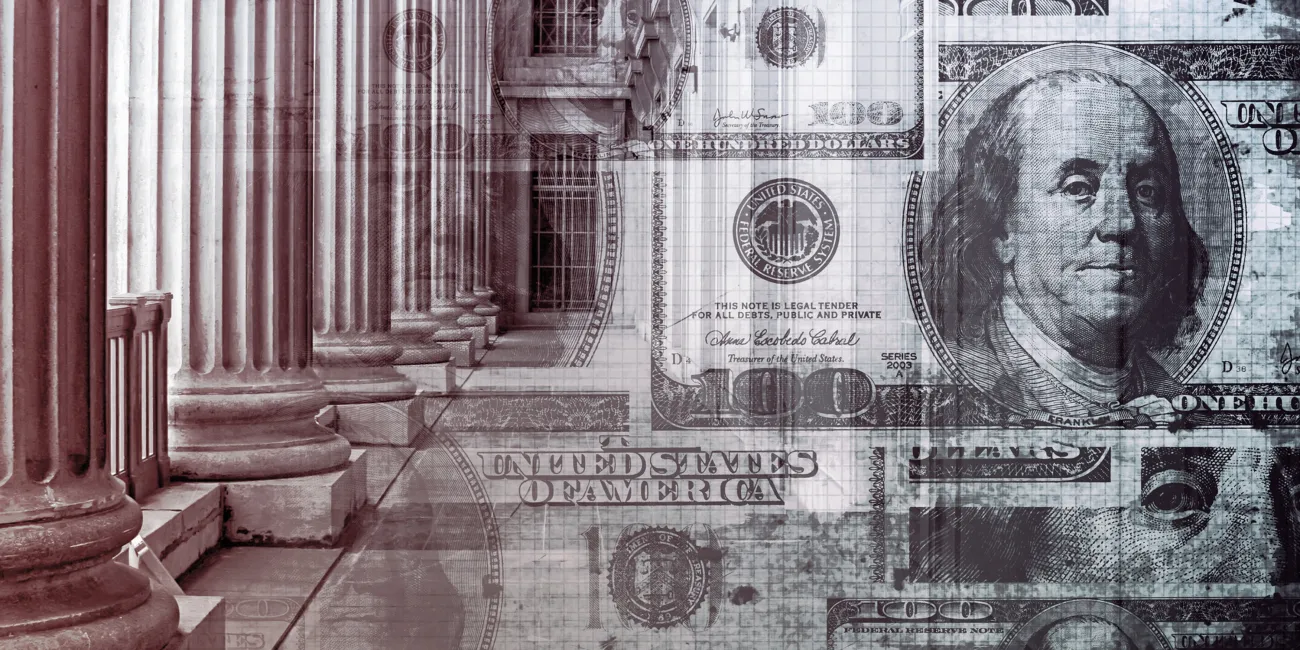Texas Bankruptcy Judge Lifts PPP Bankruptcy Bar for Debtor on Front Line of COVID-19 Response

The Paycheck Protection Program (PPP) is one of several lifelines extended by Congress to small businesses struggling to survive the COVID-19 public health crisis.
The PPP was established by the Coronavirus Aid, Relief and Economic Security (CARES) Act in order to assist companies by extending credit to employers on advantageous terms, including the forgiveness of loans used to pay wages, rent, mortgage interest or utilities if all employees remain on the payroll for eight weeks. The PPP has been the subject of several prior Arent Fox alerts.
Although the CARES Act makes no mention of a bankruptcy bar, section 7(a)(6) of the Small Business Act requires qualifying small business loans, including PPP loans, to be “of such sound value or so secured as reasonably to ensure repayment.” As a result, the US Small Business Administration (SBA) has taken the position that a PPP loan cannot meet this standard if the borrower is a debtor in bankruptcy.
On Saturday, April 25, 2020, a bankruptcy judge from the Southern District of Texas disagreed, rejecting the SBA’s position and issuing a Temporary Restraining Order against the SBA’s continued enforcement of the bankruptcy bar against debtor Hidalgo County Emergency Service Foundation.[1] Hidalgo is an emergency medical service and patient transport provider in southern Texas. It entered Chapter 11 bankruptcy in the Fall of 2019 to reorganize its balance sheet while continuing to provide vital services that have become that much more vital in light of COVID-19. Hidalgo applied for a PPP loan in order to maintain staffing levels and, like all other applicants, was presented with the following question on the Application Form: “Is the Business or any owner … presently involved in any bankruptcy?” Hidalgo answered, “Yes,” resulting in automatic denial of its PPP loan application.
In response, on April 22, Hidalgo sought an emergency temporary restraining order and a preliminary injunction against the SBA. Hidalgo argued that the PPP bankruptcy bar, implemented through the Application Form, violated section 525(a) of the Bankruptcy Code, which provides that the government “may not deny, revoke, suspend, or refuse to renew a license, permit, charter, franchise, or other similar grant to, condition such a grant to, or discriminate with respect to such a grant against … a person that is or has been a debtor under this title … solely because such bankrupt or debtor is or has been a debtor under this title.” The SBA defended its position by relying on the deference traditionally afforded to Federal agencies when implementing legislation within their purview. On April 24, the day of the hearing, the SBA attempted to buttress its position by supplementing its Interim Final Rule [Docket No. SBA-2020-0021] to state that the SBA had “determined that providing PPP loans to debtors in bankruptcy would present an unacceptably high risk of an authorized use of funds or non-repayment of unforgiven loans.”
The Bankruptcy Court was not swayed by the SBA’s position. Indeed, the court emphasized in its ruling that the public interest was better served by permitting “front line” health care providers such as Hidalgo to maintain staffing levels, an objective at the heart of the CARES Act and PPP. Accordingly, the court granted Hidalgo’s request to strike the bankruptcy qualifier from its Application Form until at least May 8, when the court will consider further evidence and arguments on extending the temporary restraining order as a preliminary injunction.
It is important to note that, at this time, the relief granted by the court applies only to Hidalgo and does not represent a nationwide injunction against the SBA. Hildago, however, appears to be the first of many debtors seeking similar relief and access to the PPP. In the last week, debtors in several other states, including New York, Arizona, Kentucky, and New Mexico, have filed challenges to the SBA’s position on PPP loans to debtors in bankruptcy.
The SBA’s Interim Final Rule, as recently supplemented, is noteworthy in other respects that will likely continue to play out in Bankruptcy Court. In particular, the Interim Final Rule now states that debtors will be disqualified not only at the initial application stage but also at any point prior to funding, such that any debtor who files for bankruptcy after submitting a PPP Application is now required to notify the lender of the bankruptcy and cancel the loan if it has not yet been funded. Interestingly, the SBA is not suggesting any negative consequences for borrowers who enter bankruptcy after a PPP loan has funded, as the PPP Application Form only asks whether the business or its owner is “presently involved in any bankruptcy.” This position is difficult to reconcile. Lenders will enjoy substantially lower priority for loans to debtors who defer their bankruptcy filings until after receipt of the PPP loans than they might otherwise enjoy for loans extended to debtors already in bankruptcy. Loans extended to Chapter 11 debtors are entitled to administrative priority in the bankruptcy distribution scheme and, with court approval, may even receive “super priority” over other administrative expenses. See 11 U.S.C. § 364.
Further, debtors may have an incentive to temporarily dismiss, or perhaps suspend,[2] their bankruptcy cases in order to apply for PPP loans, only to refile once the loan is funded. This maneuver is not foolproof, however, as the SBA 7(a) Borrower Information Form asks whether the business or its affiliates have ever filed for bankruptcy protection. Although a past bankruptcy filing may not be a per se disqualifier, it is a factor the SBA seems intent on considering in connection with PPP loans, a point raised by the SBA in the Hidalgo case. The Hidalgo court did not opine on whether consideration of past bankruptcy filings was permissible, but notably, the court’s ruling went farther than simply barring the SBA from enforcing its per se rule. Rather, the court barred the SBA from even considering the fact that Hidalgo is in bankruptcy in determining its eligibility for a PPP loan. In light of the language of section 525(a) of the Bankruptcy Code, which prohibits certain governmental discrimination against a debtor because it “has been” in bankruptcy, the SBA’s consideration of past bankruptcy filings may also be subject to challenge.
In sum, the SBA’s policy against PPP loans in bankruptcy has an uncertain future and, indeed, uncertain consequences for which the SBA has still not appeared to account. For example, since a bankruptcy filing by any “owner” will disqualify the debtor from a PPP loan, it would seem that an individual bankruptcy filing by a minority 20% (or even 1%) shareholder of the applicant would be sufficient to justify a denial pursuant to the SBA’s policy if strictly applied. Further, the Application Form, if taken at face value, would seem to apply to any party “involved” in a bankruptcy case, including creditors. Although the latter clearly was not the SBA’s intent, the imprecision of the Application Form coupled with the absence of any details or reasoning in the initial versions of the Interim Final Rule, may weaken the SBA’s ability to defend its position in court. Whether the SBA will hold fast – or even be permitted to hold fast – to this position remains to be seen.
[1] Hidalgo County Emergency Service Foundation v. Carranza (In re Hidalgo County Emergency Service Foundation), Adv. No. 20-2006 (Bankr. S.D. Tex.) (Doc. 18).
[2] Suspension, pursuant to section 305 of the Bankruptcy Code, offers a potential alternative to dismissal that would avoid a refiling, but only if the court orders the functional equivalent of dismissal by disabling all other provisions of the Bankruptcy Code as to the borrower during the suspension period.
Contacts
- Related Practices
